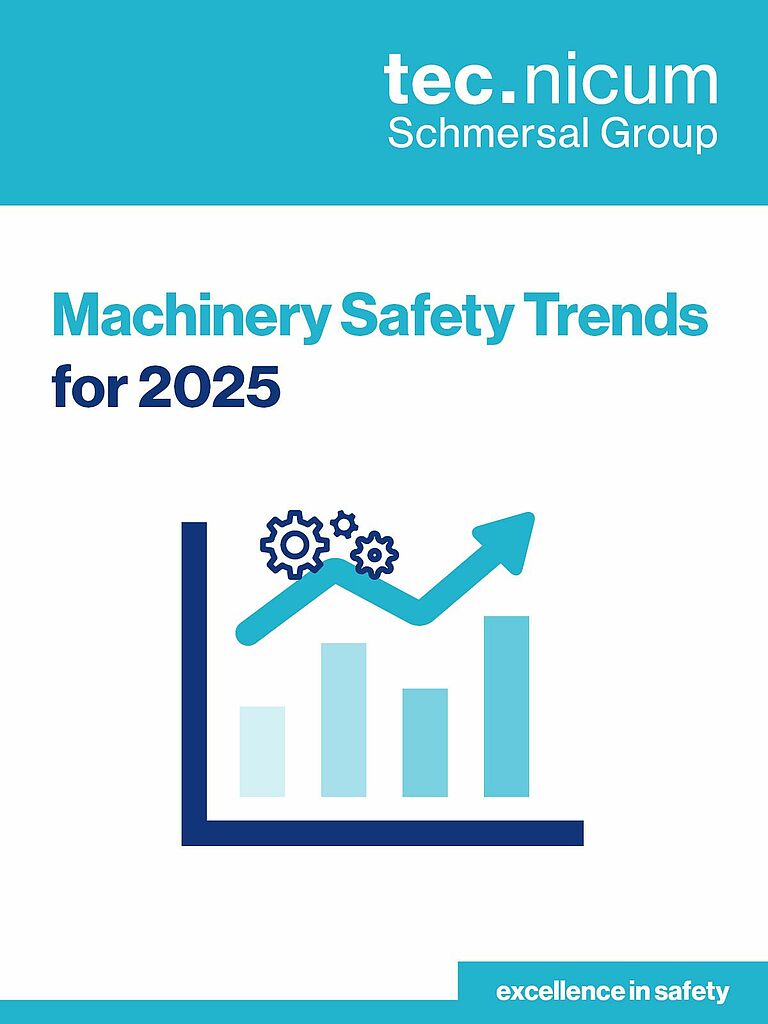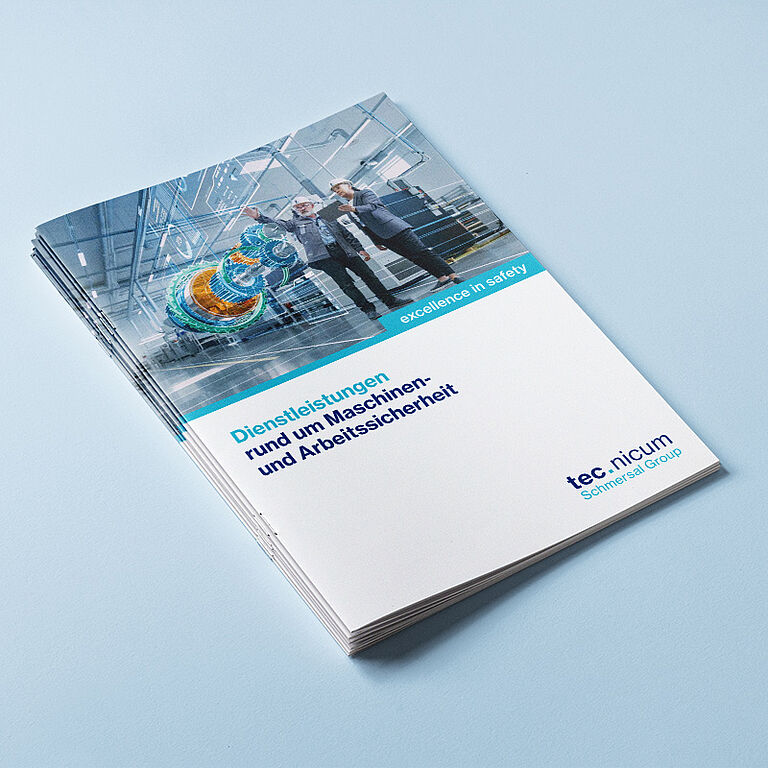Top 3 Machinery Safety Trends for 2025
These three trends could have a major impact on machinery safety in 2025:
Increased Automation for Safety Compliance
Automation isn't just for production processes anymore - it's revolutionizing safety. From automated emergency stops to systems that instantly detect unsafe conditions, smart machinery is helping to eliminate human error and ensure compliance with safety standards like ISO 13849-1 and IEC 62061.
Why it matters: Automated safety features reduce response times and ensure consistent protection without manual intervention.
AI-powered Safety Monitoring
Artificial intelligence is becoming a game-changer in real-time risk assessment. AI systems can monitor machine performance, predict failures and identify unsafe patterns before accidents occur. These intelligent tools are particularly impactful in high-risk industries such as manufacturing and energy.
Key benefit: Predictive capabilities lead to proactive maintenance and less unexpected downtime, keeping both workers and machines safe.
Enhanced Human-Machine Interfaces (HMIs)
Modern HMIs are more intuitive than ever, using touchscreen technology, augmented reality (AR) and even voice commands to ensure operators can interact with machines safely and efficiently. By improving human-machine communication, these systems empower workers to make safer decisions.
Trend highlight: AR-guided safety training and real-time visualization tools are setting new standards for workplace safety education.
What's next?
While these trends are exciting, they also raise important questions: How do we balance innovation with affordability? How can companies ensure that workers are trained to use these new technologies effectively?
What do you think?
Share you thoughts in our LinkedIn profil!













